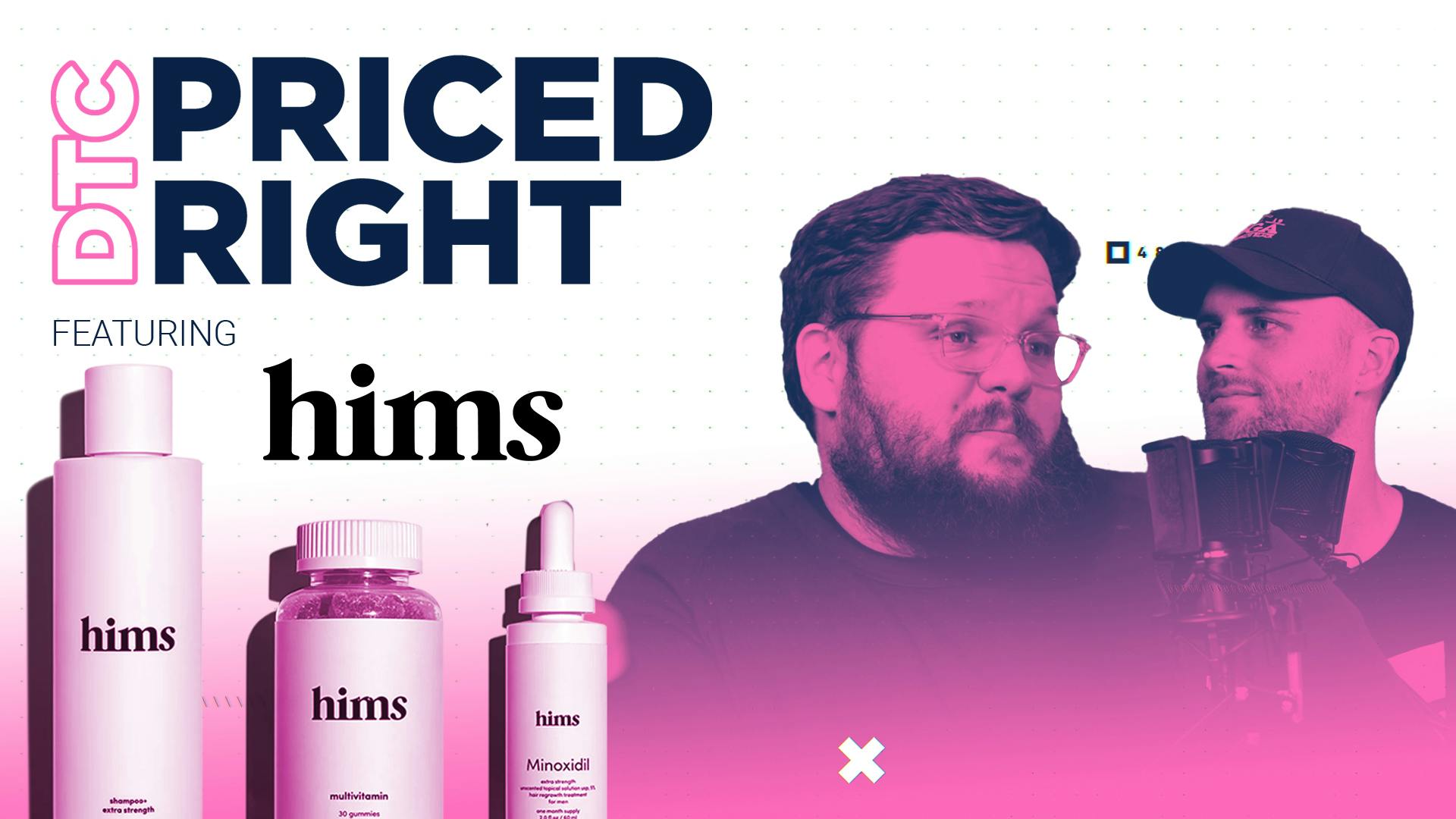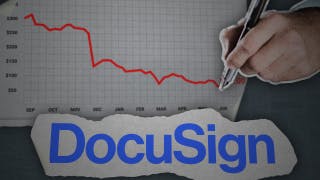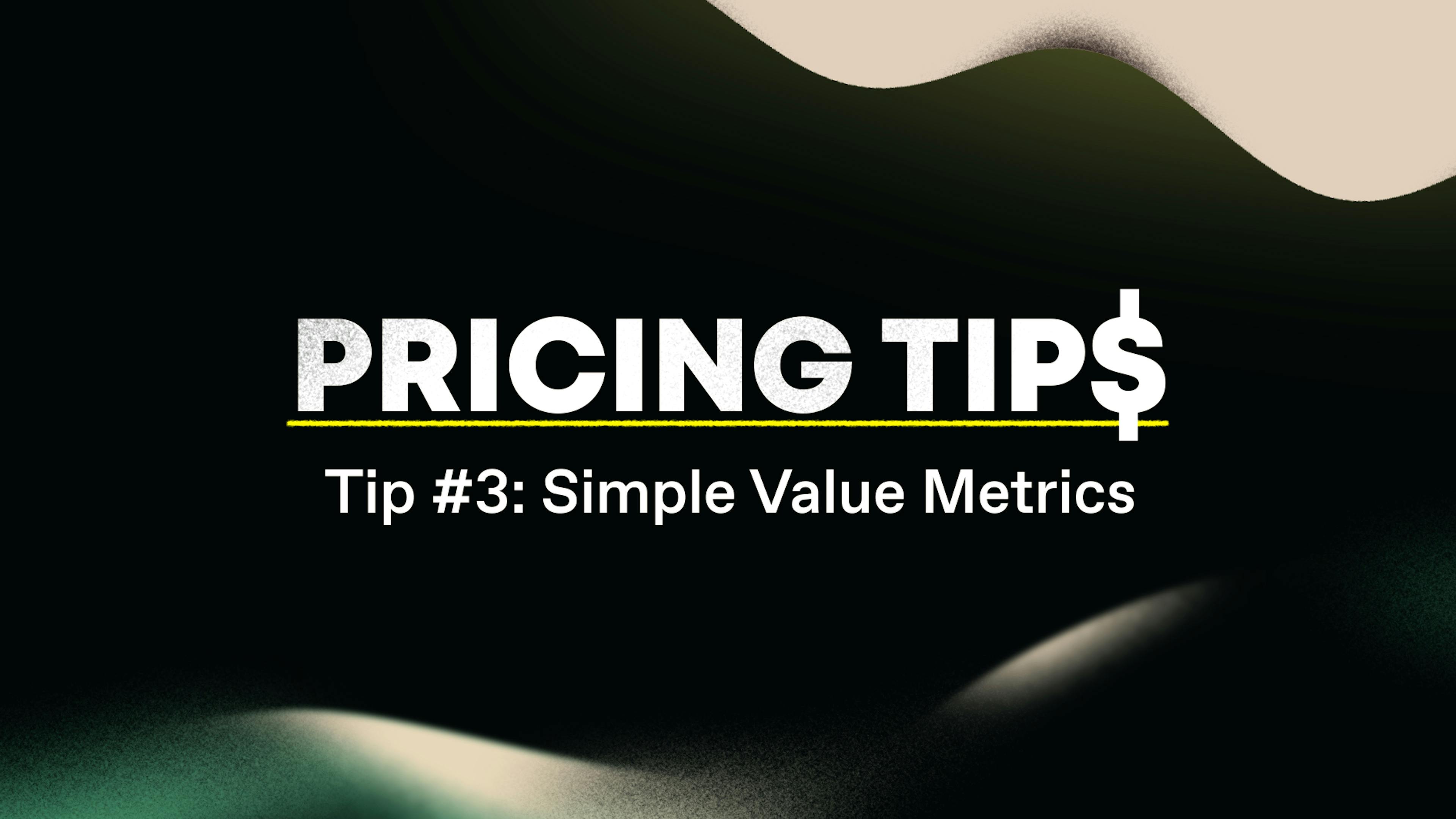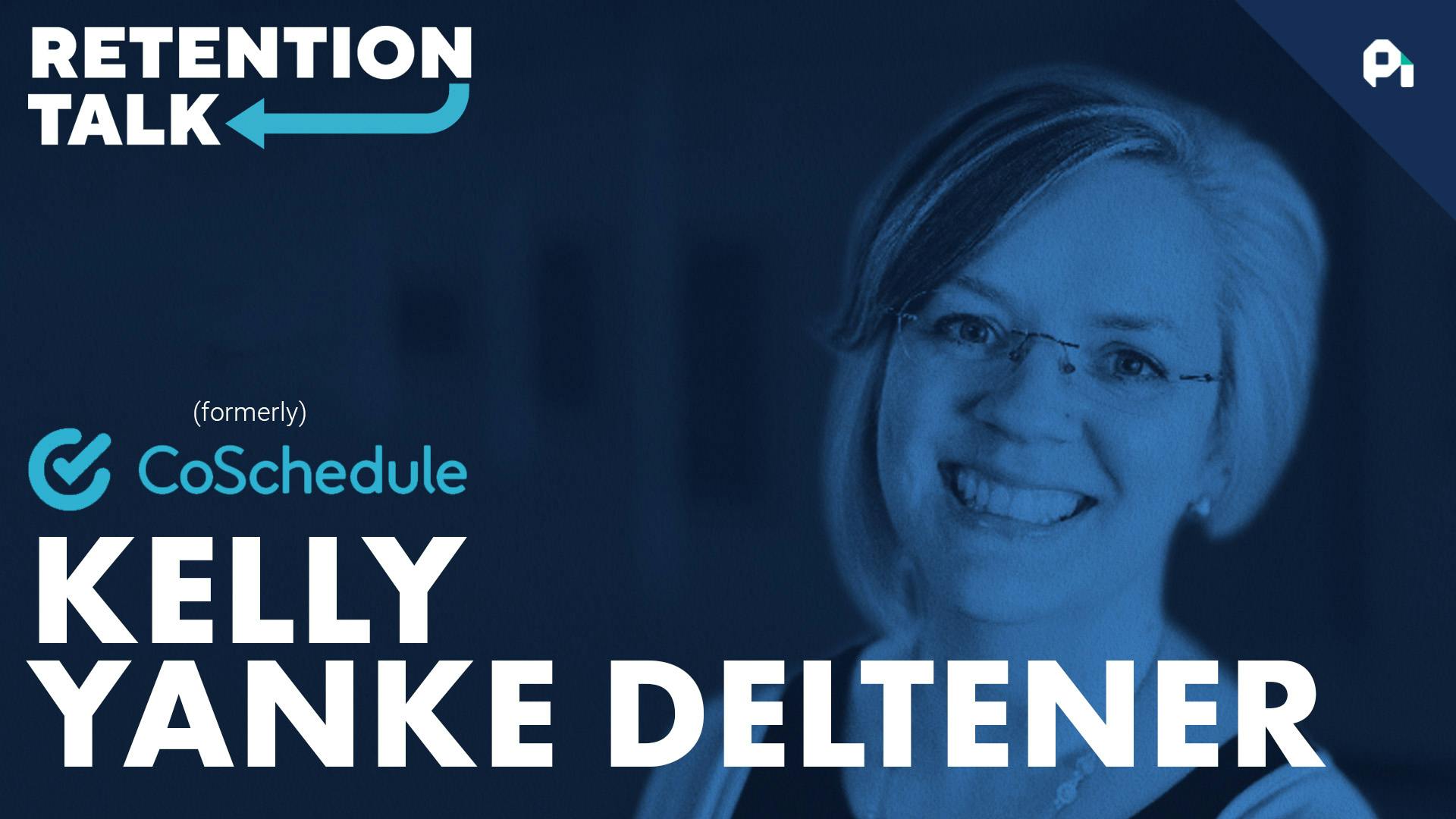
PLG: The Death of Classical Sales
Is Sales Dying?
Not exactly. Sales isn't dying; it's evolving. The old focus on just making sales without considering customer retention is outdated. Now, companies prioritize long-term relationships over quick wins. The role of sales is becoming more data-driven, aiming to provide value and sustain long-term customer monetization. The strategy is shifting towards a blend of product-led growth and traditional sales, ensuring that the product and sales efforts complement each other for greater success. With Sales numbers trending down, its important do get a good strategy in place. So, with the help of Leah Tharin, let's dive into how a good product led growth strategy can massively benefit you and help empower your other teams.
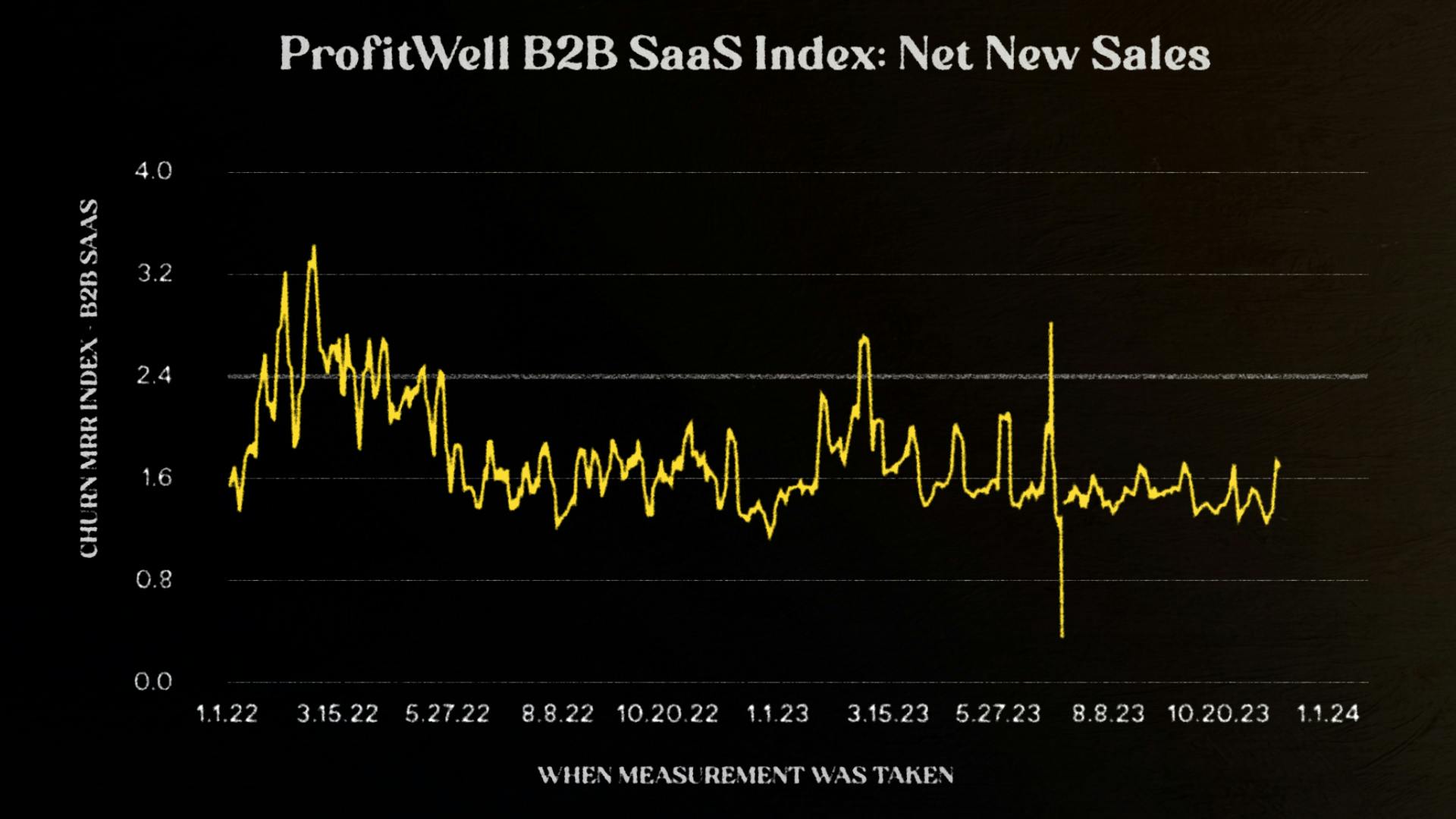
But first, if you like this kind of content and want to learn more, subscribe to get in the know when we release new episodes.

Why Sales is Evolving
A traditional view of sales evokes the thought of a man going door to door selling vacuum cleaners or someone at a cubicle shuffling through leads. Sales was focused firmly on ABC and didn’t care about any of the other letters of the alphabet on the dotted line. Sales has now become more and more data driven, where buyer personas and ideal customer profiles shape how you sell and who you sell to. But if your customer isn’t actually using the product, they’re not getting an honest representation of the product's value. All that time and attention on making the sale isn’t as valuable when retention is left on the backburner.
Even though Classical sales leads to a lot of customers, it also leads to a lot of broken promises. And with SaaS, broken promises mean churned customers.
"Classical sales that doesn't care about retention is over."
- Leah Tharin
But if classical sales is over, then what's taking its place? Why shouldn’t your sales team be scared? Well it starts with product-led growth.
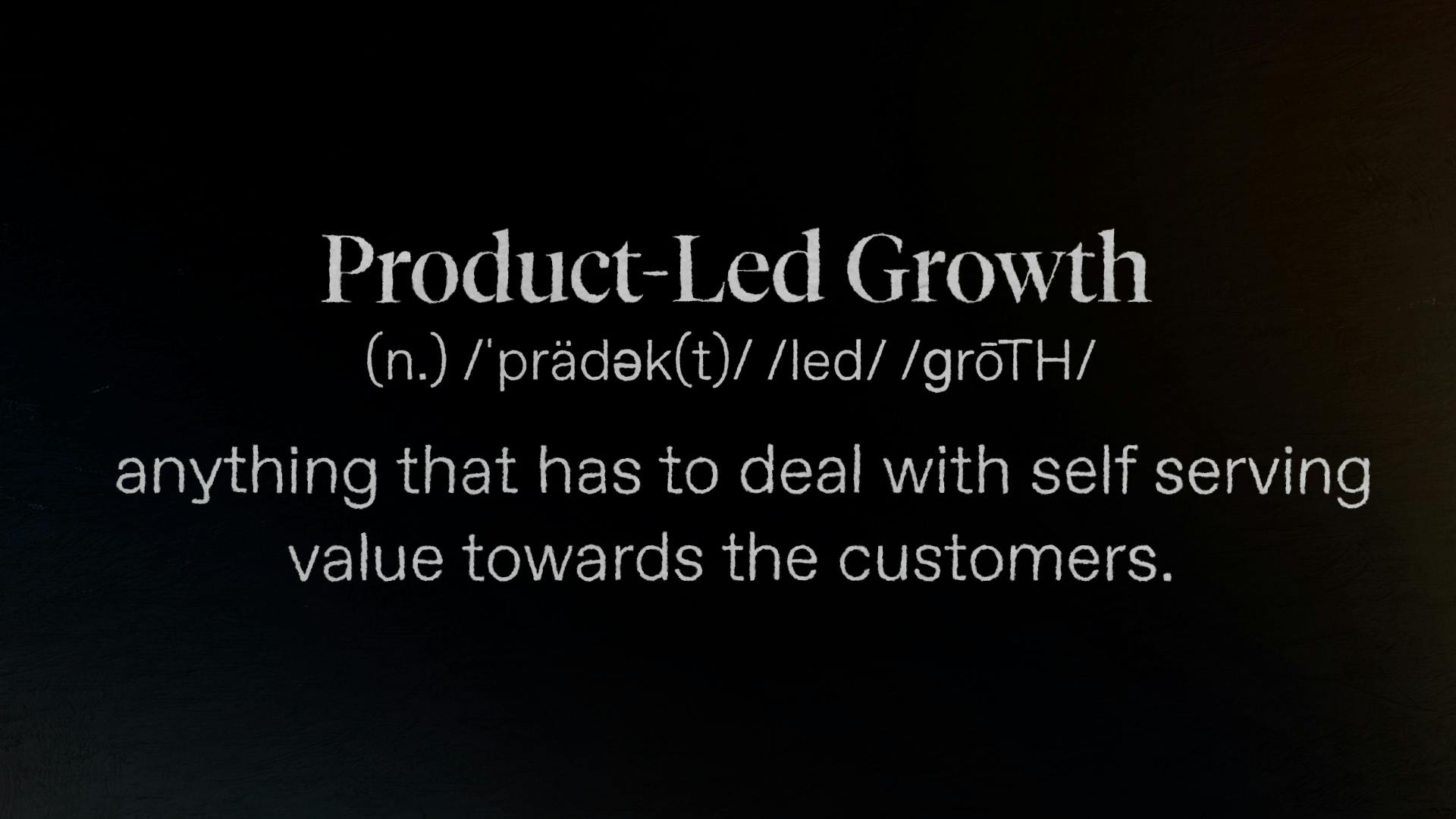
Slack's Magic Number
Slack is the fastest-growing SaaS startup in history. This can be attributed to the ease of onboarding, number of integrations, and, perhaps most of all, their product-led strategy. Using the product is pretty straightforward. With the free plan you aren’t on a time limit, you can, for the most part, use the product and only upgrade as your team scales. Where you run into restrictions are with message history and the number of integrations. For folks who are just starting out, this isn’t an initial massive barrier. By using the product before deciding to pay for it, potential customers are experiencing the value instead of being told the value. Slack knows this, and even has a “magic number”, an “aha” moment that tells them when customers are ready to buy, and also stick around for the long haul. Slack founder, Stewart Butterfield, has said that this number is around 2,000 messages sent.
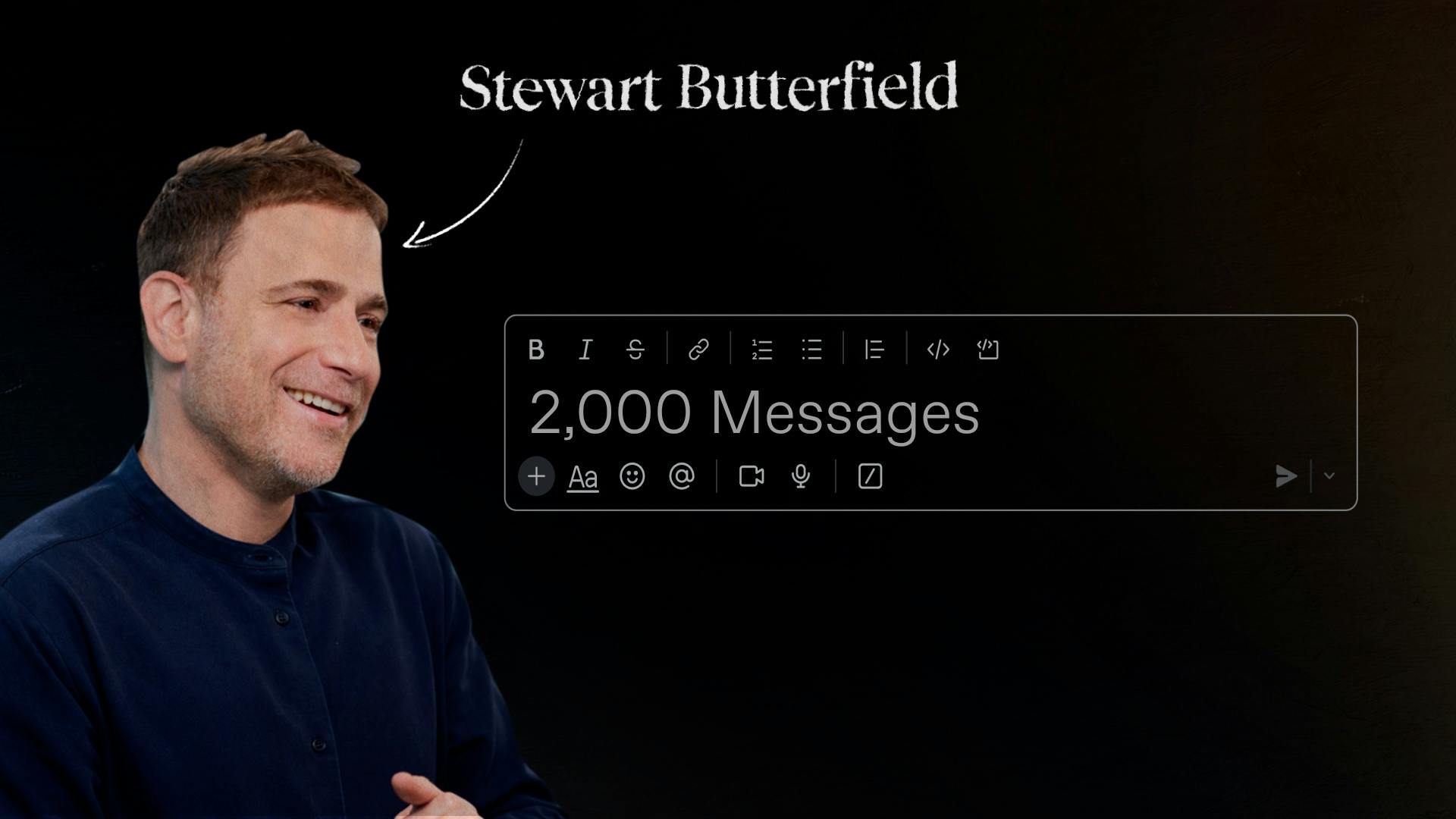
For a team of around 10 people, this is a week's worth of messages. But what makes this number so magical is that 93% of those customers have continued to use the product.
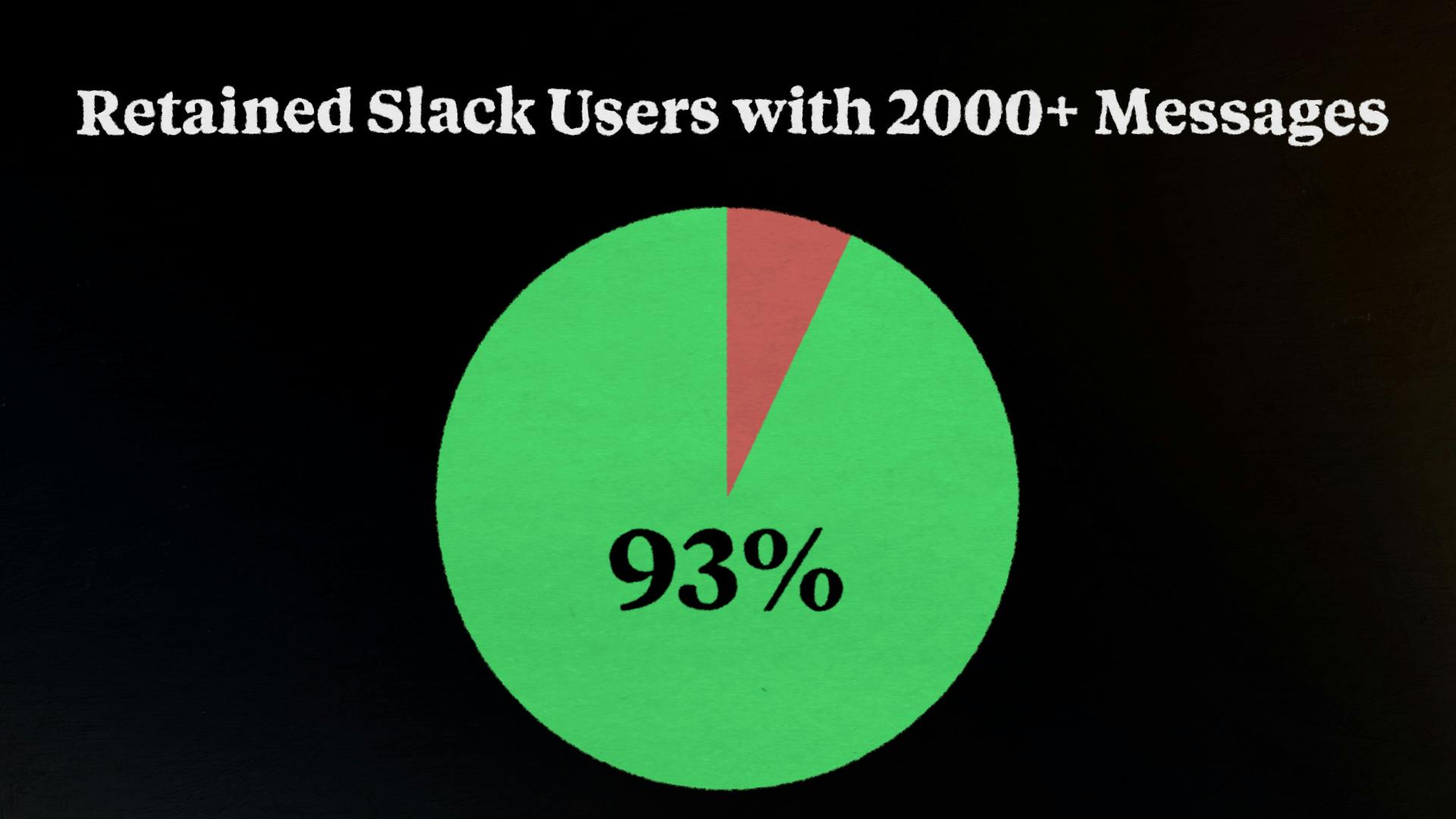
...And Their Value Based Pricing Strategy
But it wasn’t being product-led alone that drove their success. Making their pricing value-based was huge. This pricing model ensures that you are basing a product or service’s price on how much your customer believes it is worth. It’s logical, and not a burden, to upgrade once you reach certain thresholds in a product. The experience makes sense to the user and doesn’t feel like a cash grab. We surveyed hundreds of B2B pricing leaders to learn how they make pricing decisions. We found that 60% of product-led companies are using value-based pricing compared to only 23% of sales-led companies.
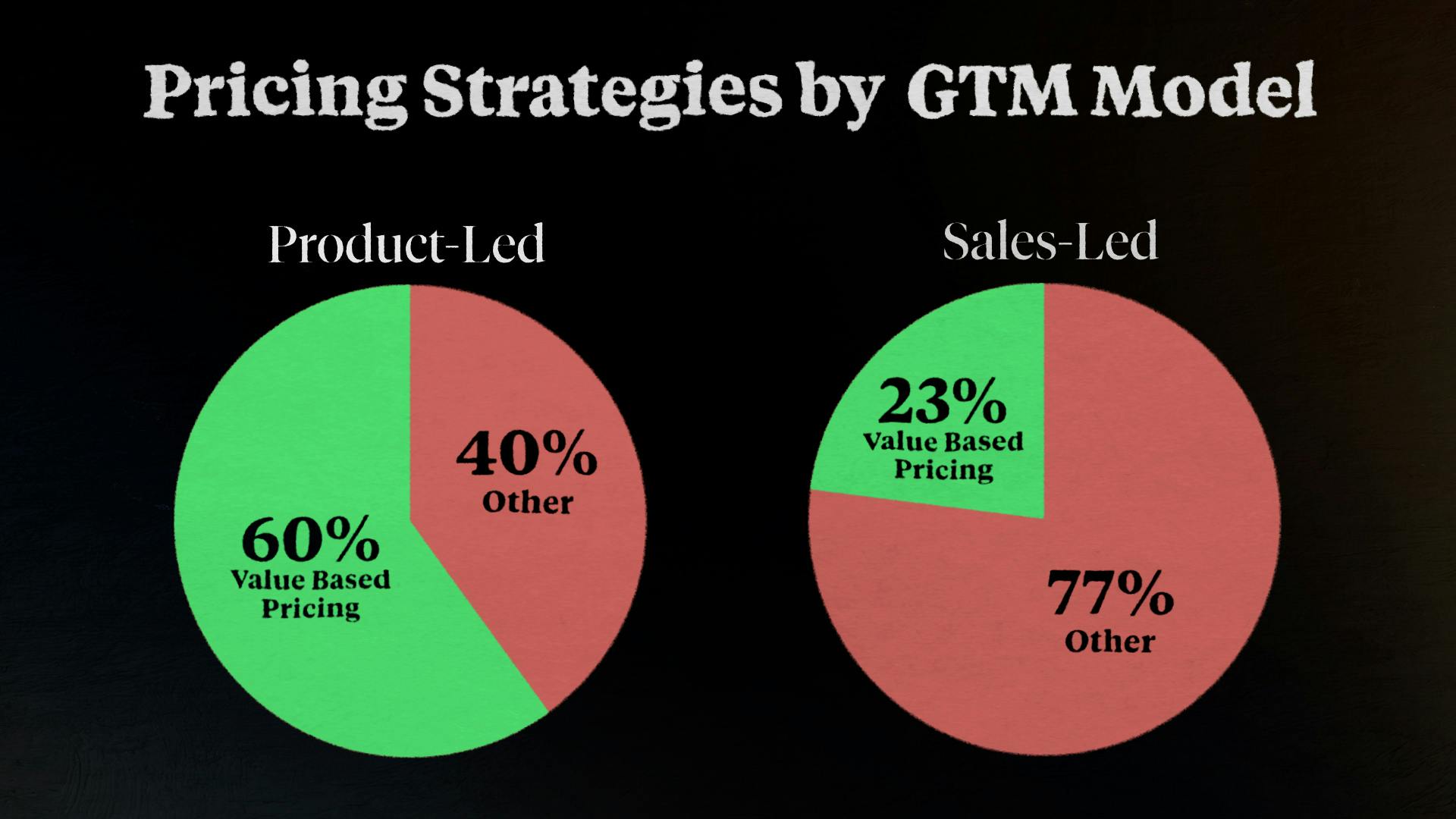
Then, we looked at the most common pricing strategies by annual revenue. The higher the revenue, the more common it is to see a value-based strategy. Around the $1m ARR mark, Value-based pricing is used by around 20% of companies, but above $100m ARR It jumps to 33% and gets to as high as 45% with $500m ARR companies.
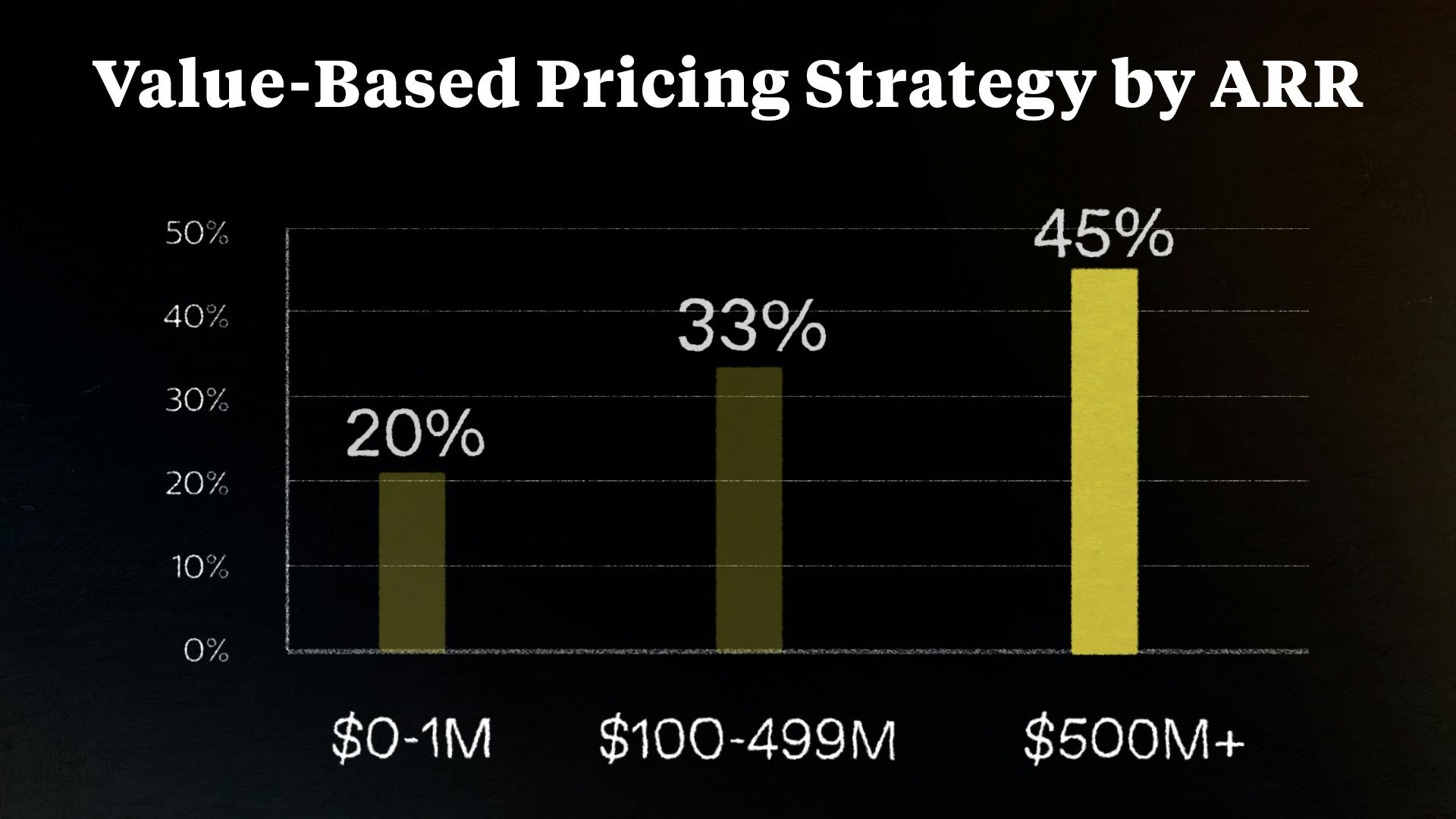
So Should Sales Teams Be Worried?
So if PLG is so great, sales teams should be worried, right? According to our B2B SaaS index, sales are down the lowest they’ve been in 4 years. Can our products completely speak for themselves now? According to Leah, not exactly.
“It's very clear we need to have sales, the problem is sales needs to become data driven. Classical sales is really good at kind of figuring out like, who am I talking to? Buyer personas, that kind of thing. Now, from the product side, we are trying to give you usage data that you can use to figure out when is the best time to actually call them up in case it's necessary. And that together is generating a very, very efficient sales motion. So it's not about sales versus PLG, it's actually about product led sales."
- Leah Tharin
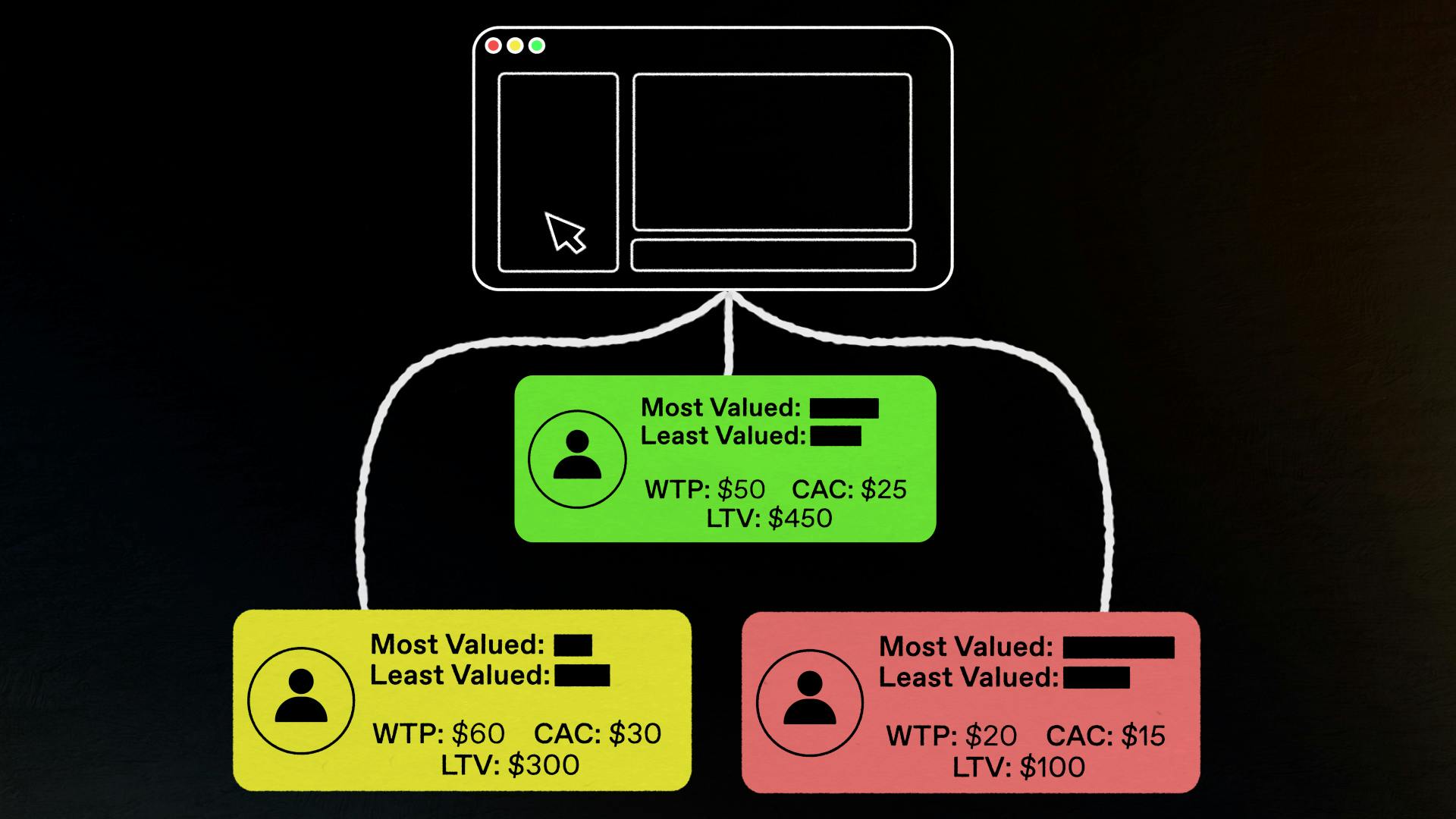
With this strategy, data that's gathered through a product-led experience can help enable sales teams to make more informed decisions and increase efficiency. Companies are starting to capitalize on the advantages that this brings to expansion revenue. By separating customers by use-case with the help of PLG, sales teams are able to make more informed choices on how to go about up-sells and cross-sells.
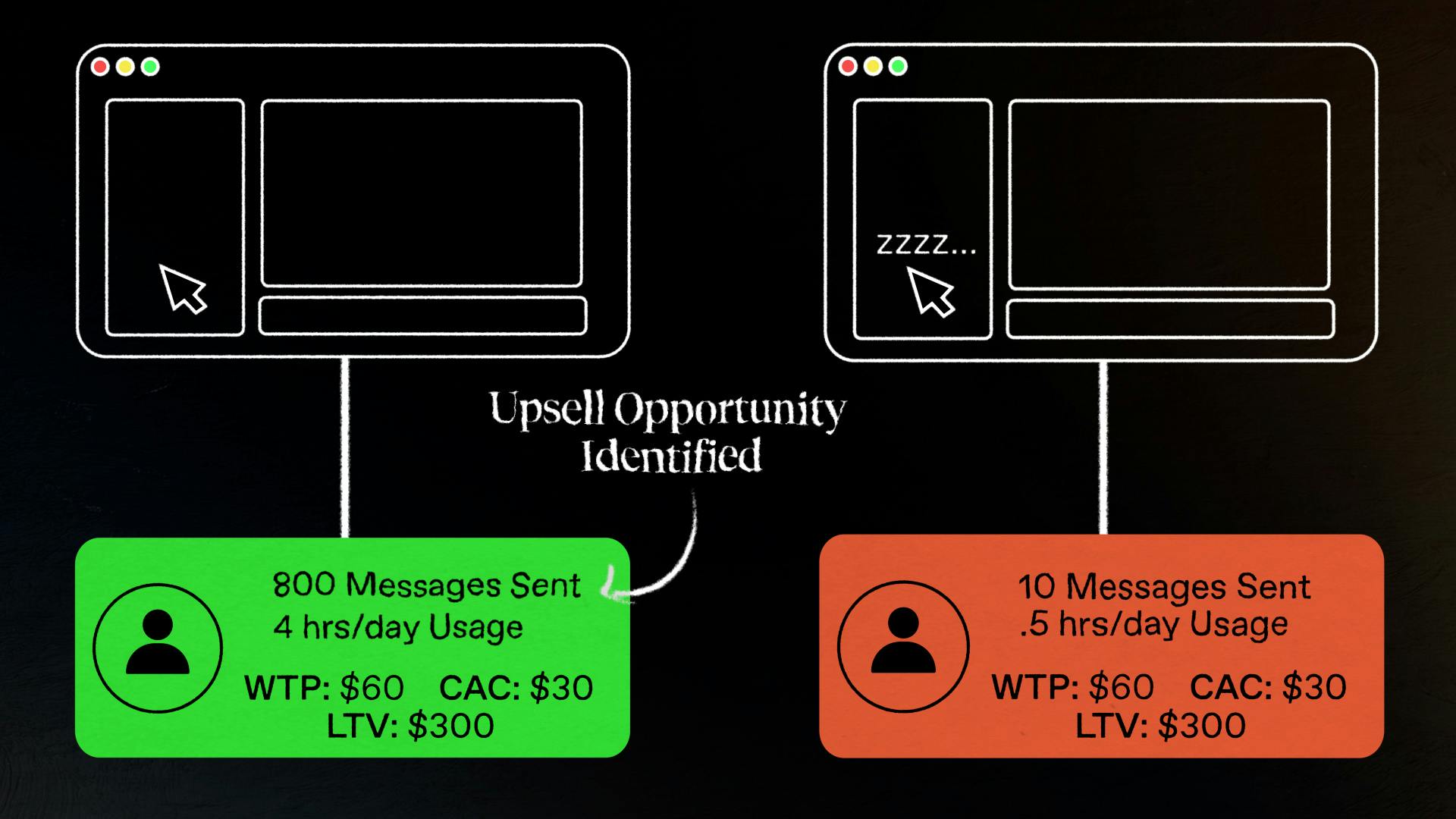
So PLG is not the death of sales, but the birth of a mutual relationship between marketing, product, and sales. There's often head-butting between these teams when it comes to attributing success. PLG helps to mitigate that by aligning these teams with one single success metric - product qualified leads. For Slack it was figuring out that magical moment at 2,000 messages and aligning your goal around that. It might be a tough conversation telling a sales team bringing in the most revenue that you’re changing the way they earn money, but it will lead to less friction down the line. Retention is crucial, and with PLG, product teams can provide sales with better data to bring on long-term customers. They can enable the marketing team to determine the quality of their leads with more accuracy. It becomes about what percentage of people are reaching that “aha” moment and what's the best way to help get them there. With PLG, the focus shifts away from individual team goals and back to the customer, the area where it should have been the entire time.
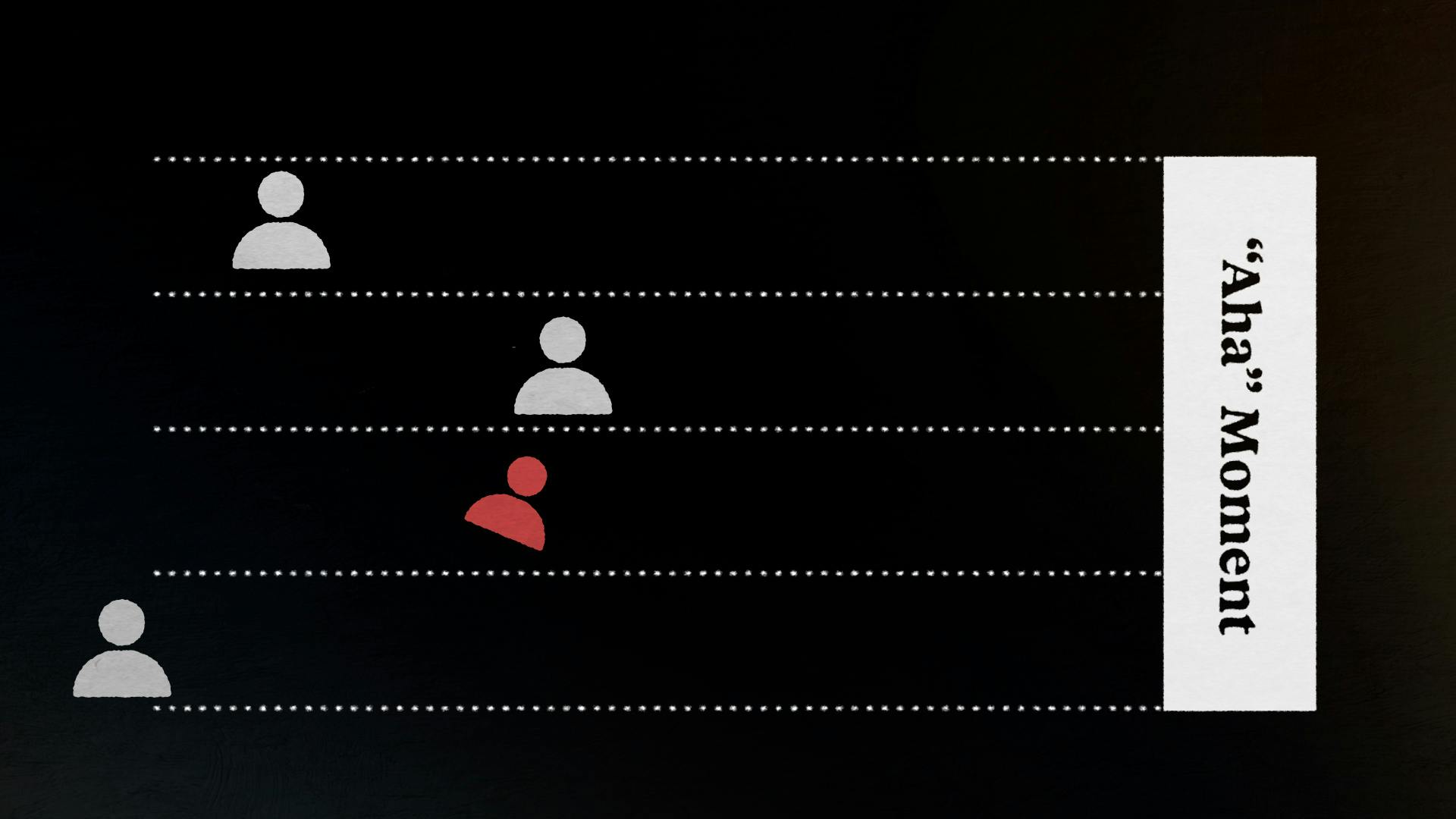
So How Do You Get Started?
So how do you get your sales team and product team together and start doing product led growth the right way? There's a few crucial steps to getting started.
1) Align on the "Aha moment"
Aligning on that "aha moment" where value gets fully realized might be the best place to begin. You need to find that core value.
“So the very, very first step that any company has to do is to define what is the moment? The Aha moment is something that we can measure...so for instance, for a delivery driver, it could be the first time they actually successfully completed an order with a client."
- Leah Tharin
2) Identify the Best Ways to Get Customers There
Just identifying that “aha” moment isn’t enough, you need to find the best way to get your customers there the fastest way that you can.
“Is it important that the car is fast? Is it important that the car is safe? So how does the product manager query for this moment? Do they have data access. Do they know how to find this stuff? How does this fit into the entire business context?"
- Leah Tharin
3) Close the Gap Between Product and Marketing
The gap between sales and product isn’t the only gap that needs to be filled for successful product led growth. Your marketing team needs to change the way they think about getting leads to both contribute to and reap the benefits of a good PLG strategy.
“So marketing has always been struggling with this kind of blame game that starts like, hey, I have to bring us better quality leads or product tells them what to do theirs always this mismatch. A very modern way to look at this is we can also start to measure how many of the people that you are bringing into the product are reaching this aha moment. So this takes away a lot of this kind of blame game, right. Because we're trying to attach some kind of quality that has nothing to do with payment.”
- Leah Tharin
What's next?
Make sure to check out our talk with Leah and subscribe to get in the know when we release new episodes.

00:00:00:03 - 00:00:02:11
Ben Hillman
Is this the death of sales?
00:00:02:13 - 00:00:04:09
Newscaster
Sales numbers aren't looking so promising.
00:00:04:09 - 00:00:06:09
Newscaster
Worst year in more than a decade.
00:00:06:10 - 00:00:08:21
Ben Hillman
Right now, they're not buying.
00:00:08:23 - 00:00:10:19
Ben Hillman
No, not exactly.
00:00:10:21 - 00:00:14:21
Leah Tharin
Classical sales that does not care about retention is over.
00:00:15:01 - 00:00:24:21
Ben Hillman
SaaS has shifted from an acquisition at all costs approach to an approach that moves retention off the back burner. Sales isn't gone. It's just adapting to the times.
00:00:24:22 - 00:00:29:00
Leah Tharin
95% of businesses that distribute through product led growth have a sales.
00:00:29:00 - 00:00:38:06
Ben Hillman
Department with sales numbers at their lowest since 2020. It's essential to quickly provide value in monetized customers long term. However, it's not a cure all.
00:00:38:11 - 00:00:43:15
Leah Tharin
So it's a combination of both Because PLG alone cannot survive, sales like growth alone cannot survive.
00:00:43:18 - 00:00:56:08
Ben Hillman
So sales isn't net, but the landscape is definitely changing. So let's figure out what you need to do so you don't get left behind.
00:00:56:10 - 00:01:18:06
Ben Hillman
A traditional view of sales evokes the thought of a man going door to door selling vacuum cleaners. Or maybe it's someone in a cubicle shuffling through leads. Classical sales is focused firmly on ABC, and it doesn't care about any of the other letters of the alphabet that are on the dotted line. This is Leah Tharin. She's led product and growth teams and through that has come to understand why sales needs to refresh.
00:01:18:07 - 00:01:23:20
Leah Tharin
People inherently do not trust salespeople because they know that they get money based on whether they're closing your notes.
00:01:23:21 - 00:01:50:22
Ben Hillman
Sales has now become more and more data driven, where buyer personas and ideal customer profiles shape how you sell and who you sell to. But if your customer isn't actually using the product, they're not getting an honest representation of the product's value all of that time and attention On making the sale isn't as valuable. When retention is left on the backburner, even though classical sales leads to a lot of customers, it also leads to a lot of broken promises.
00:01:51:00 - 00:01:54:01
Ben Hillman
And with SaaS, broken promises mean turn customers.
00:01:54:03 - 00:01:59:12
Leah Tharin
If the competitor is disappointed, it can easily switch to a competitor who is product led. They will switch.
00:01:59:16 - 00:02:06:23
Ben Hillman
But if classical sales is over than what's taking its place, why shouldn't your sales team be scared? Well, it all starts with product led growth.
00:02:07:03 - 00:02:22:12
Leah Tharin
Product led growth commonly is referring to anything that has to deal with self-serving value towards the customer's do stuff without having to talk to Gary from sales. A very prominent example is Slack.
00:02:22:14 - 00:02:42:07
Ben Hillman
Slack is the fastest growing SaaS startup in history. This can be attributed to the ease of onboarding, the number of integrations and you guessed it, their product led strategy. Using the product is pretty straightforward. With the free plan, you aren't on a time limit. You can, for the most part, use the product and only upgrade as your team scales.
00:02:42:09 - 00:03:07:08
Ben Hillman
Where you do run any restrictions, though, are with message history and the number of integrations. For folks who are just starting out, this isn't actually a massive barrier by using the product before deciding to pay for it. Potential customers are experiencing the value instead of being told the value. Slack knows this, and even has a magic number and moment that tells them when customers are ready to buy and also stick around for the long haul.
00:03:07:14 - 00:03:29:18
Ben Hillman
Slack founder Stewart Butterfield has said that this number is around 2000 messages sent for a team of around ten people. This is roughly a week's worth of messages. What makes this number so magical is that 93% of those customers have continued to use the product. But it wasn't just being product led alone that drove their success, making their pricing value based.
00:03:29:18 - 00:03:56:12
Ben Hillman
It was huge. This pricing model ensures that you're basing a product or services price on how much your customer believes that it's actually worth. It's logical and not a burden to upgrade once you reach certain thresholds in a product like 2000 messages. The experience makes sense to the user and doesn't feel like a cash grab. We surveyed hundreds of B2B pricing leaders to learn how they make pricing decisions in our state of SaaS pricing report 2023.
00:03:56:13 - 00:04:28:04
Ben Hillman
We found that 60% of product lit companies are using value based pricing compared to only 23% of sales led companies. Then we also looked at the most common pricing strategies by annual recurring revenue. The higher the revenue, the more common it is to see a value based strategy around the $1 million RR mark. Value based pricing is being used by just around 20% of companies, but above 100 million RR It jumps to 33% and even gets as high as 45% with $500 million.
00:04:28:05 - 00:04:41:12
Ben Hillman
Here are companies. So pure is so great. Sales teams should be worried, right? According to our index, sales are continually down and there are very few signs of a rebound. Can our products completely speak for themselves now?
00:04:41:17 - 00:05:09:06
Leah Tharin
It's very, very clear that we need to have sales. The difference is, is that sales is becoming data driven. Classical sales is really good and kind of figuring out like, who am I talking to? Buyer personas, that kind of thing. Now what we are trying to do from the product side, we are trying to give you usage data that you can use to combine it with this firm of graphics together to kind of not only figure out who am I talking to, but when is the best time to actually call them up in case it's necessary.
00:05:09:06 - 00:05:13:00
Leah Tharin
It's not about sales versus PLG, it's actually about product led sales.
00:05:13:03 - 00:05:26:18
Ben Hillman
With this strategy data that's gathered into a product, that experience can help enable sales teams to make more informed decisions and increase efficiency. Companies are starting to capitalize on the advantages that this brings to expansion.
00:05:26:20 - 00:05:49:19
Leah Tharin
So what HubSpot does is they take a very specific use case. So for instance, the marketing up and then marketing up conceptually feels exactly the same as it is for a small marketing team, as it feels for a big smart marketing team maybe in that company. We see how successful the marketing department is and now we're going to cross-sell to the side to also sell something about the CRM.
00:05:49:21 - 00:05:55:16
Leah Tharin
We've really tried to separate by use case whenever it's possible, and that's the product strategy decision that everybody can make.
00:05:55:18 - 00:06:24:08
Ben Hillman
By separating customers, by use case with the help of PLG. Sales teams are able to make more informed choices on how to go about upsells and cross sales. So PLG is by no means the den of sales. Rather, it's the birth of a mutual relationship between marketing, product and sales. There's often friction between these teams when it comes to aligning on success, and PLG helps to mitigate that by centering these teams on one single success metric for Slack.
00:06:24:08 - 00:06:42:18
Ben Hillman
It was figuring out the magical moment at 2000 messages. It might be a tough conversation telling a sales team that's bringing in so much revenue that you're changing the way that they earn money, but it will lead to less friction down the line. It becomes about what percentage of people are actually reaching that moment and what's the best way to help get them there.
00:06:42:20 - 00:07:02:08
Ben Hillman
With PLG, the focus shifts away from individual team goals and back to the customer to the area where it should have been this whole time. So how do you, your team aligned and start doing product led growth the right way? There's a few crucial steps to getting started. Aligning that moment where value gets fully realized might be the best place to begin.
00:07:02:13 - 00:07:15:09
Leah Tharin
The very, very first step that any company has to do is to define like what is Diamond in an moment is something that we can measure. So for instance, for a delivery driver, it could be the first time they actually successfully completed an order.
00:07:15:11 - 00:07:22:18
Ben Hillman
But just identifying that moment isn't enough. You need to find the best way to get your customers there the fastest way that you can.
00:07:22:20 - 00:07:40:05
Leah Tharin
Is it important that the car is fast? Is it important that the car is safe? How does the product manager query for this moment? Just like starting simple. Defining one signal and making sure that people can consume the data but also surface it themselves and create business cases based on it is probably the start of everything.
00:07:40:11 - 00:07:53:04
Ben Hillman
Next, the gap between sales and product isn't the only gap that needs to be filled for successful product led growth. Your marketing team needs to change the way that they think about getting leads to both contribute to and reap the benefits of a good player strategy.
00:07:53:05 - 00:08:09:12
Leah Tharin
So marketing has always been struggling with this kind of blame game that starts like you have to bring us better quality leads. A very modern way to look at this. We can also start to measure how many of the people that you are bringing into the product per dollar are reaching the moment.
00:08:09:14 - 00:08:18:04
Ben Hillman
Click here to check out our webinar with Leah. You can ask her questions and learn even more about PLG, or click here to check out the full interview.


